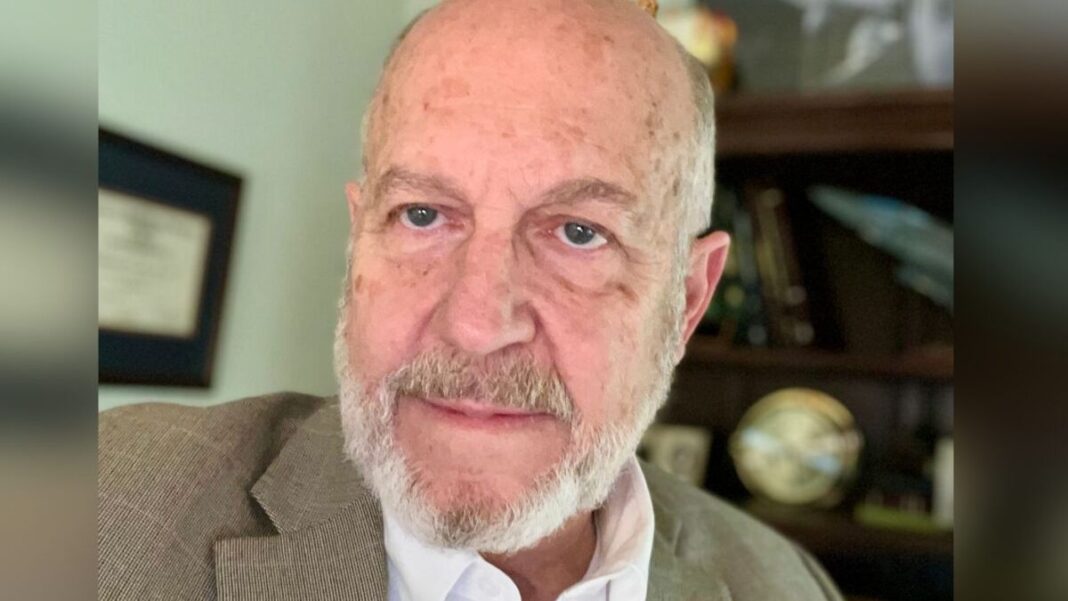
Amid a groundswell of debate over the rationality of minors receiving medical treatment to change their genders, one Alabama physician is speaking about the long-term effects of pharmaceutical and surgical alterations and how they can make a child “a life-long patient.”
Patrick Lappert, a plastic surgeon with Lappert Skin Care in Alabama, spoke in favor of state Senate Bill 184 in Senate and House committees. The bill makes it a felony for doctors to treat minors—defined in Alabama state law as any person under the age of 19—with pharmaceutical and surgical transgender procedures, and carries a sentence of up to 10 years in prison.
Gov. Kay Ivey signed the bill into law on April 8, stating that children should be protected from “radical, life-altering drugs and surgeries when they are at such a vulnerable stage in life.”
The legislation was criticized by President Joe Biden’s administration, which declared its support for children having access to these treatments to prevent them, according to the administration, from committing suicide.
White House press secretary Jen Psaki said that lawmakers “who are contemplating these discriminatory bills have been put on notice by the Department of Justice and the Department of Health and Human Services that laws and policies preventing care that health care professionals recommend for transgender minors may violate the Constitution and federal law.”
Lappert told The Epoch Times that proponents of gender transitioning will say that it’s wrong to not treat children with gender-affirming therapy because not treating them leads to suicide.
However, those proponents, Lappert said, are ignoring the fact that historically successful treatment of children experiencing gender dysphoria—the feeling that one’s own gender identity is not what was assigned at birth—has a 92 percent success rate if the child is followed into young adulthood.
‘The Booming Business of Gender Clinics’
It used to be that only 0.02 percent of all children had cross-sex self-identification, Lappert said, and of those few children, over 80 percent were boys.






